Since the Kremlin launched its “special military operation” in Ukraine last February, the US and Europe have imposed a multitude of unprecedented sanctions on the Russian economy.
Twenty-one months have passed since then, and key sectors of the Russian economy , from banking to automotive and aviation manufacturing, have not only adapted to the “new reality,” but in some cases have fully recovered and are thriving.
Russia's gross domestic product (GDP) in the third quarter of 2023 increased by 5.5% year-on-year, exceeding market expectations of 4.8%, and outperforming the 4.9% growth in the second quarter of 2023, according to preliminary estimates by the consulting firm Trading Economics based on data released by the Russian Federal Statistics Agency late on November 15.
This is Russia's fastest GDP growth rate since the second quarter of 2021, supported by higher benchmark prices for key Russian commodities and a supply chain recovery following the West's exclusion of Russia from key financial markets and a year of low growth due to international sanctions, according to the New York-based consulting firm.
Bloomberg noted that 5.5% is Russia's fastest growth rate in more than a decade, excluding the surge that occurred after the country ended its Covid-19 lockdowns. This figure exceeded the expectations of all economists surveyed by Bloomberg.
This recovery is a vivid illustration of the limitations of the sanctions that U.S. President Joe Biden claims were designed to cripple half of the Russian economy and turn the ruble into “rubble” as punishment for Moscow’s military intervention in Ukraine.
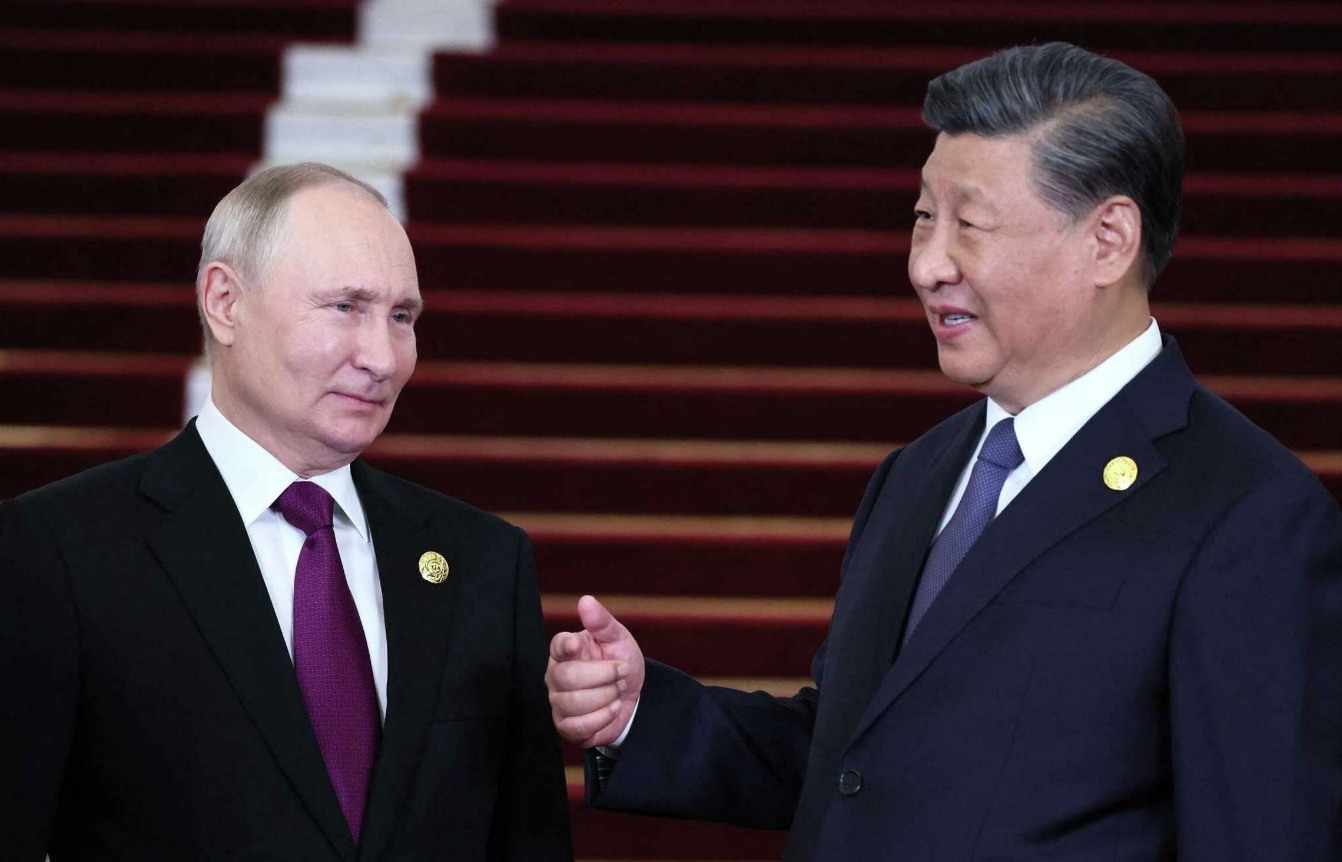
Russian President Vladimir Putin and Chinese President Xi Jinping at the 3rd Belt and Road Forum in Beijing, October 17, 2023. Photo: Sputnik
As an inevitable response to successive rounds of sanctions from the European Union (EU) and the deterioration of trade ties between Moscow and the 27-nation bloc, Russian President Vladimir Putin has "turned eastward" by strengthening relations with major economies such as China and India.
The ruble (RUB) hit a record low shortly after the fighting in Ukraine began, but quickly recovered. Last month, the Russian government reimposed some currency controls after the ruble again slipped to 100 RUB to 1 USD, a turnaround that made it the best-performing national currency among emerging market currencies over the past month.
One thing is certain, according to Bloomberg, that although the country in the northern part of the Eurasian continent has so far avoided economic collapse, the Russian government is running out of resources to sustain state spending, while the wave of "migration" of foreign investors continues and domestic businesses are increasingly struggling to keep up with technological changes in the context of international isolation.
The clearest example
The banking sector is one of the clearest examples of how the Russian economy weathered the storm of sanctions.
Russia's largest commercial bank, the state-owned Sberbank PJSC, along with all the other major banks in the country's market, has been blacklisted by the US and EU and excluded from the international SWIFT payment system – and is on track to achieve record profits in rubles this year.
"It's quite possible that this year will actually be the most successful year in our history," said Sberbank CEO Herman Gref, who is subject to sanctions from the US, EU, and UK.
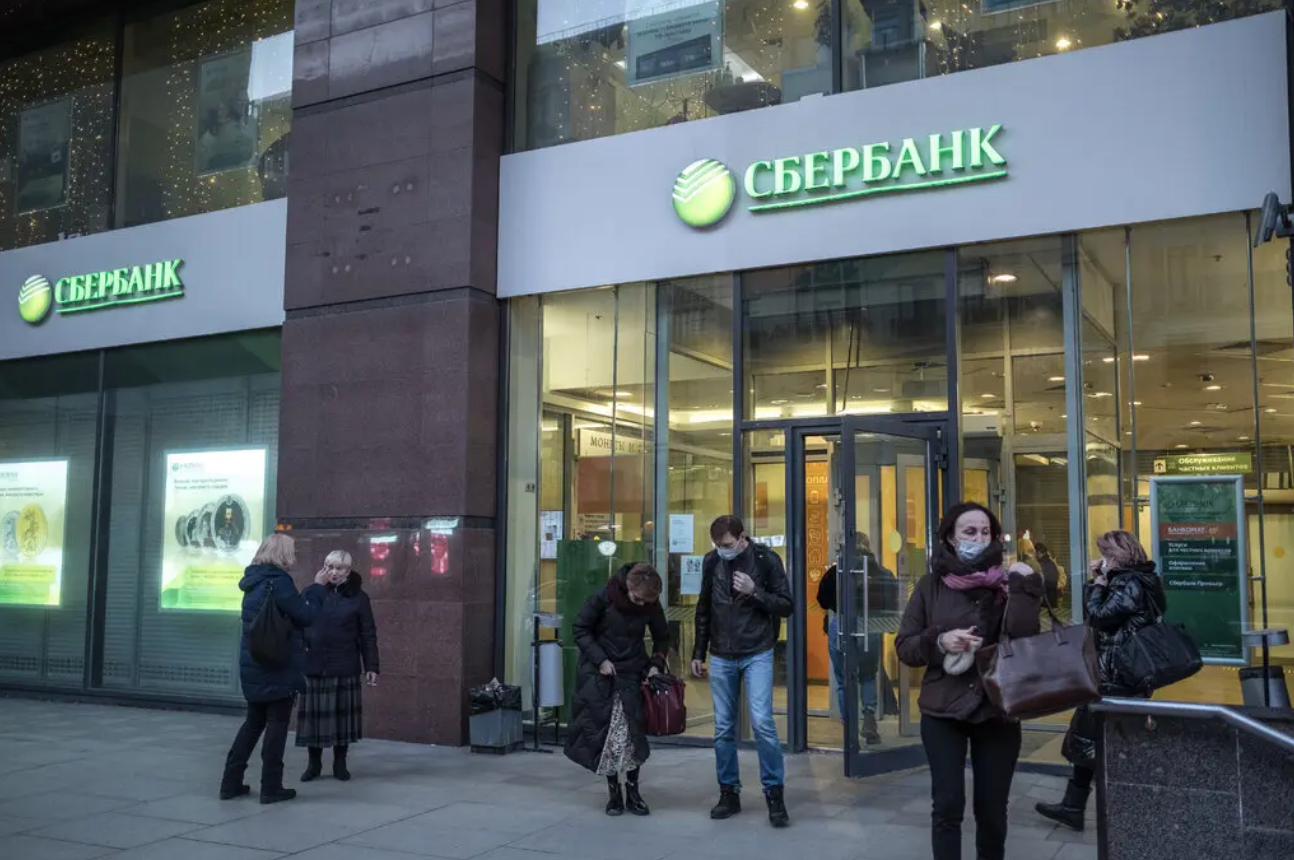
The U.S. and its allies have imposed sanctions on Russian organizations and individuals, including the country's largest commercial bank, Sberbank, over the Kremlin's military campaign in Ukraine. (Photo: NY Times)
Sberbank is no exception. The total profits of the Russian banking sector in the first nine months of 2023 exceeded the previous annual record set in 2021 – that is, before the outbreak of hostilities.
After hitting rock bottom in the first year of the crisis, the profits of the Russian banking sector could reach more than 3 trillion rubles ($33 billion) by 2023, said Valery Piven, CEO of ACRA, Russia's largest authorized credit rating agency.
This figure is three times higher than the Russian Central Bank's (CBR) initial projection for this year, due to the credit boom and the weak ruble. The regulator said on November 15 that it would not extend a series of support measures for banks beyond the end of this year because the sector is already stable and profitable.
Next year is also predicted to be "quite successful" for the Russian banking sector, ACRA said.
Challenges still lie ahead.
After two consecutive quarters of growth, the Russian economy has almost "recovered" and returned to pre-conflict levels, completely reversing the sanctions.
Financial stimulus – which helped fuel this reversal – will continue, partly thanks to Russia's ability to divert oil supplies to other countries and sell crude oil at prices above the $60/barrel ceiling imposed by the G7 and the EU.
Energy sales have secured a crucial source of revenue for the Russian government, leaving the budget in better shape than officials had anticipated, despite the escalating costs of the campaign in Ukraine.
Government spending will continue to stimulate the economy, according to a Russian Finance Ministry document on key budgetary policies for the period 2024-2026. And this “will not only help stabilize the situation but also enable successful and rapid adaptation to new conditions.”
According to Alex Iskov, an economist at Bloomberg Economics, the Russian economy could reach pre-conflict levels by the beginning of the fourth quarter of 2023, beating initial predictions.

The NS Power oil tanker is docked at a petroleum port in Vladivostok, Russia, in December 2022. Photo: The Guardian
The drivers of this recovery are high energy prices, which provide Moscow with a stable source of revenue from oil and gas, the large-scale fiscal impetus during Covid-19 that the Russian government implemented through increased military spending, and loose credit conditions leading to a 20% increase in retail sales and corporate loan portfolios compared to the same period last year, Iskov said.
But challenges remain. Inflation has risen far above the CBR's 4% target due to supply constraints, public spending, credit growth, and a tight labor market exacerbated by manpower flowing into the military and defense industries.
“After the peak comes the trough,” Iskov said. With the CBR’s benchmark interest rate currently at 15%, “credit is expected to fall sharply in the coming quarters, which will reduce consumer demand and could lead to a weaker labor market,” the Bloomberg Economics expert said.
The Russian economy could return to its potential growth rate of around 1% of GDP, which “would be a pretty good scenario in the current environment,” said Marcel Salikhov, president of the Moscow-based Institute for Energy and Finance Research.
Substitutability
Another factor contributing to Russia's recent recovery, according to Stanislav Murashov, an economist at Raiffeisenbank in Moscow, may be Moscow's ability to find new sources of imports or, in some cases, completely replace them.
"Russian businesses are trying to implement very non-standard solutions," Murashov said. "We haven't seen any serious deficits yet."
The Russian car market is proof of this. Seemingly dead after the massive exodus of Western brands, car sales in Russia have returned to pre-conflict levels in just over a year.
While volume has recovered, the market structure has completely changed. China now accounts for around 80% of new car imports, and Chinese brands have captured more than half of the entire Russian car market in less than two years, according to the analytical agency Autostat.
Russian company Avtovaz controls another segment of the market and reported a 59% increase in production during the first seven months of this year, as well as its best sales in a decade, despite restrictions on the supply of components to the country. The US added Avtovaz to its sanctions list back in September.
The price to pay
In the field of civil aviation, after being excluded from many international routes, Russian airlines have shifted to developing new domestic routes within the world's largest land area. Official data shows that they have now achieved the target of 50% of routes bypassing Moscow, a goal set by President Putin in 2018. This achievement was made earlier than the original plan of 2024.
The increase in domestic air travel, even as authorities closed airports in tourist cities in southern Russia as part of the war with Ukraine, is largely due to government support, the Russian Transport Ministry said in response to a Bloomberg request for comment.
According to the Ministry, despite sanctions pressure, international air travel remains "strong," with passenger traffic increasing by nearly 30% in the first nine months of the year compared to the same period last year. Russia has air links with 37 countries and 59 foreign airlines providing services.
However, the industry remains heavily reliant on Boeing and Airbus aircraft and is forced to find alternative ways to maintain and service its aircraft domestically or internationally. This year, Russian aviation giant Aeroflot sent its first jet to Iran for maintenance.
But according to Olga Belenkaya, an economist at Moscow-based financial services firm Finam, even if some sectors have adapted to the restrictions, operating under sanctions is still costing the Russian economy dearly.
"Russia has found ways to mitigate most of the sanctions, but is still suffering losses due to increased logistical costs, limited access to equipment and technology, and the declining quality of technological solutions," she said .
Minh Duc (According to Bloomberg, Trading Economics)
Source



![[Photo] Prime Minister Pham Minh Chinh holds a phone call with the CEO of Russia's Rosatom Corporation.](/_next/image?url=https%3A%2F%2Fvphoto.vietnam.vn%2Fthumb%2F1200x675%2Fvietnam%2Fresource%2FIMAGE%2F2025%2F12%2F11%2F1765464552365_dsc-5295-jpg.webp&w=3840&q=75)




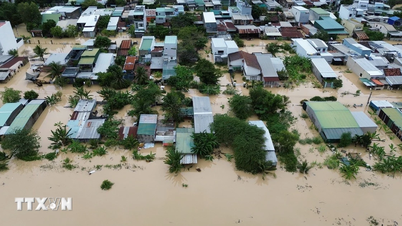





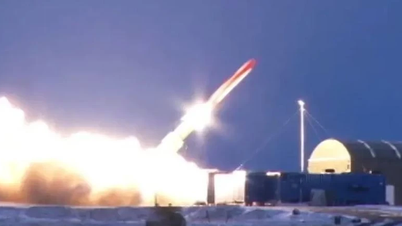
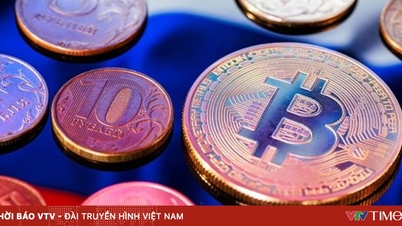




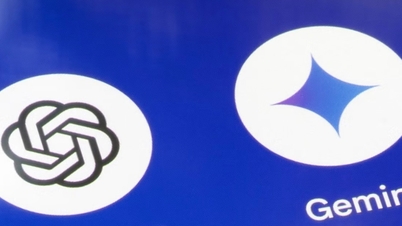


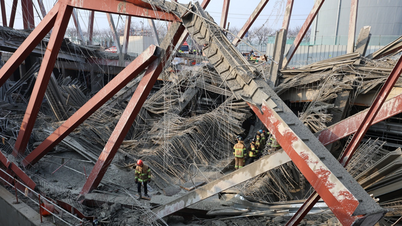
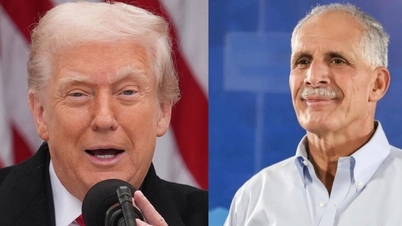





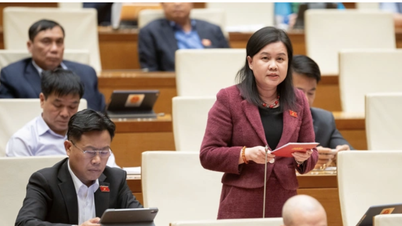


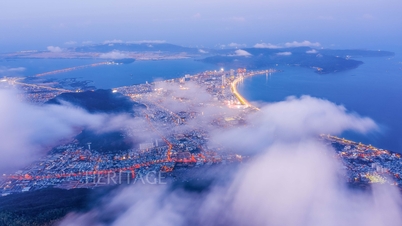




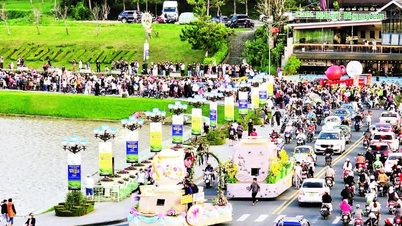

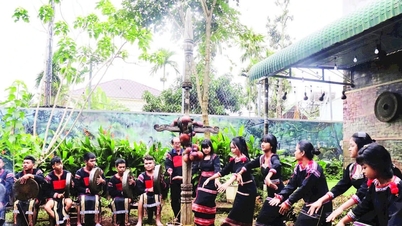


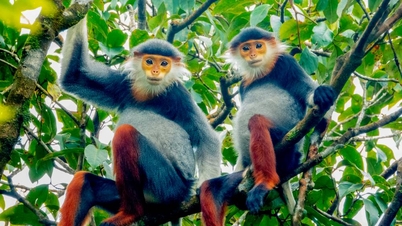




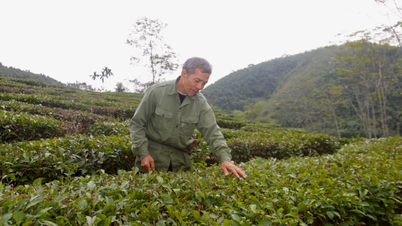









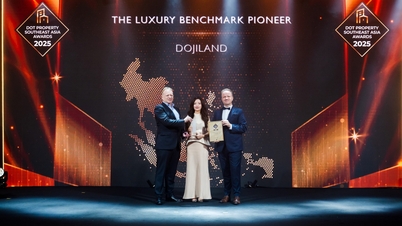




















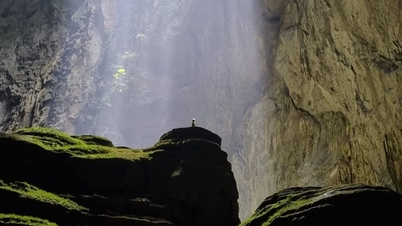






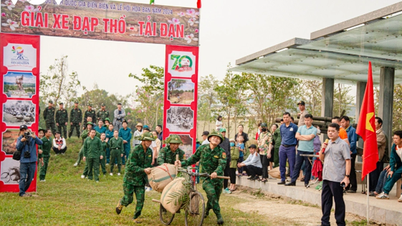






















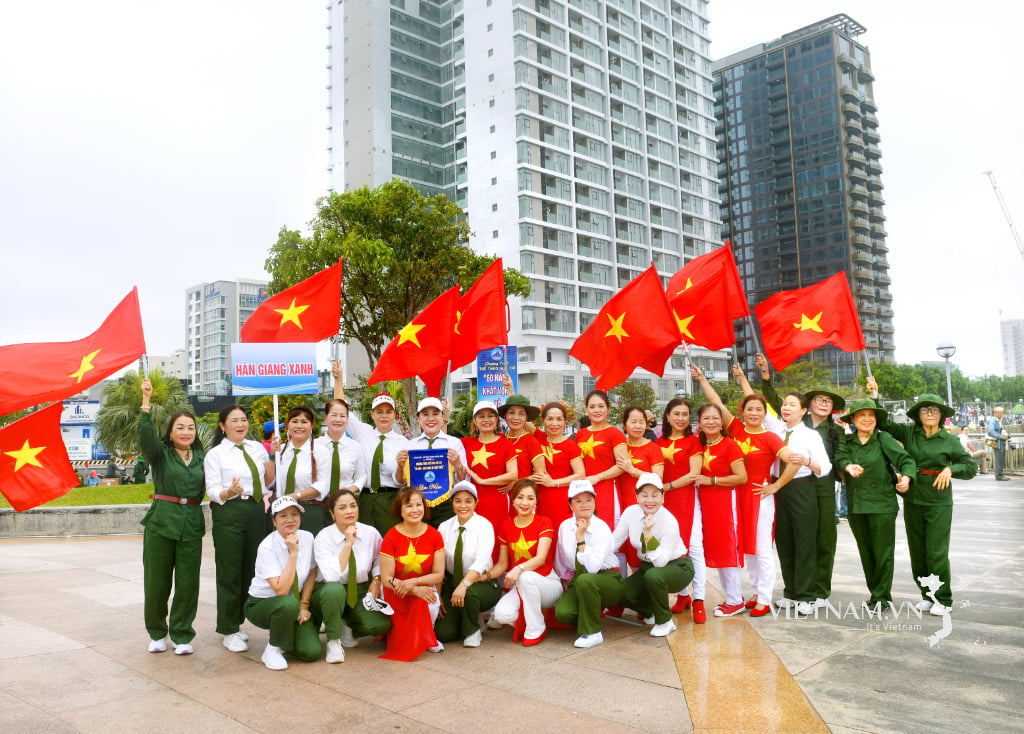


Comment (0)